Application of ceramic membrane separation technology in the treatment of oily wastewater
2021-05-14
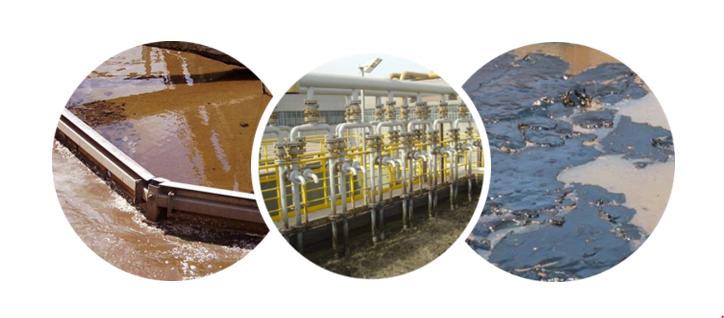
1. Introduction
Oily wastewater comes from a wide range of sources, which generally exists in petroleum exploitation, petrochemical, mechanical processing, food, medicine and other industries. According to the different sources and properties of the oily wastewater, the state of oil in water mainly consists of the following four types:
A:Suspended oil:Oil droplet size ≥100 μm,Oil exists as a continuous phase in water.
B:Dispersed oil:The oil droplet size is between 10~100 μm, exist in the form of droplets,Easy to gather into suspended oil and floating on the water.
C:Emulsified oil:The oil droplet size is between 0.1~10 μm with high stability,the emulsifier can make the oil disperse more uniformly into the water of continuous phase, so that the system can obtain certain thermodynamic stability .
D:Dissolved oil:Oil droplet size ≤0.1 μm,combined with other substances in the formfor chemical bonds, it’s hard to separate.
However, the COD(Chemical Oxygen Demand) of oily wastewater is high with complicated composition. Direct discharge will not only waste resources but also cause serious pollution to the ecological environment, such as:
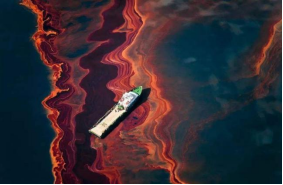
① Contamination of drinking water and groundwater resources.
② Affecting crop growth
③ Death of aquatic organisms
④ Through the enrichment of the biological food chain, it will ultimately endanger human health and life.
⑤ Serious implications for the sustainable development of all humanity.
Therefore, oily wastewater treatment is an important problem has to be solved in the field of environmental engineering.
2. The advantages of membrane separation technology
At present, the technology of oil-water separation is mainly divided into chemical method, biological method, physical method and so on. Compared with other separation methods, the membrane separation technology has the following advantages in the oily wastewater treatment process:
1.Treatment of emulsified oil wastewater without adding chemical reagent
2.It can not only separate suspended oil, dispersed oil, emulsified oil, but also recover concentrated oil, the oil content of treated reused water is low,
3.High separation efficiency, easy operation, small area of equipment
3.Major membrane types applied in oil-water separation
At present, the membranes used in oil-water separation are mainly organic polymer membranes and inorganic membranes.
Organic polymer membranes are often lipophilic, so the organic matter in the oil-water mixture is easy to swell on the surface of the organic membrane, destroy the membrane structure or block the membrane pores, resulting in the decrease of membrane flux.
The inorganic ceramic membrane has good chemical stability, thermal stability and mechanical stability, and can work under some harsh conditions (such as corrosiveness and high temperature environment). At the same time, ceramic membranes often have high strength, which is conducive to high-strength backwashing. More importantly, most inorganic ceramic membranes have hydrophilic properties, which can reduce the accumulation of oil droplets in the membrane pores and reduce membrane fouling to a certain extent.
Therefore, in the treatment of oily wastewater, inorganic ceramic ultrafiltration membrane is considered firstly as oil-water separation membrane.
4.Oil-water separation mechanism of inorganic ceramic membrane
The membrane separation mechanism of inorganic ceramic membrane is generally based on the screening principle. The separation of oil particles mainly depends on the pore size of the membrane, that is, the feed flows at a high speed in the membrane tube, and small molecules (water molecules) pass through the membrane driven by pressure. macromolecular substances (oil droplets) are intercepted by the membrane to achieve the purpose of solid-liquid separation, concentration and purification.
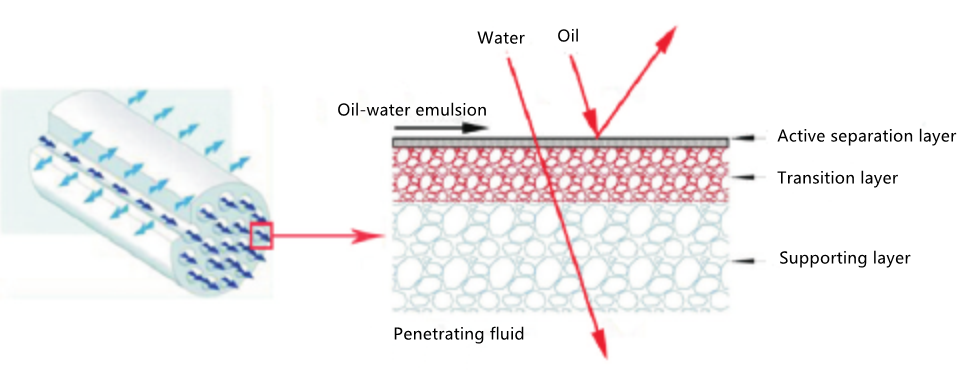
When the oil-water mixture comes into contact with the hydrophilic membrane surface, the water can quickly infiltrate the membrane surface, spread out on the membrane surface, and pass through the membrane under the action of transmembrane pressure difference, while the oil droplets cannot adhere to the membrane surface so that the emulsion cannot maintain stability, and the oil droplets are demulsified and separated under the action of the membrane to complete the oil-water separation.
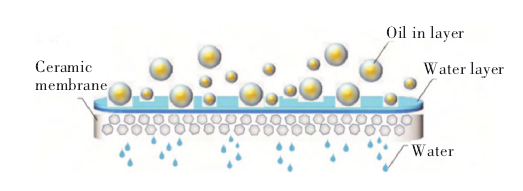
Thus it can be seen that hydrophilicity of the membrane surface is very important. SiC has a strong covalent bond, and the contact Angle with water is 0.3°. With super hydrophilic, SiC ceramic membrane has the advantages of acid and alkali resistance, wear resistance, good thermal shock resistance and high mechanical strength. It is the key component material of membrane separation technology, so it has significant performance advantages in the field of oil and water separation.
5. Application of inorganic ceramic membrane in the oily wastewater treatment
① Emulsion wastewater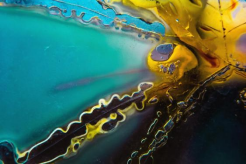
A large amount of oil-containing emulsion wastewater is produced in the production of iron and steel, machinery and other industries. Its composition is relatively complex, mainly including oil, surfactant, suspended impurity and water, the most difficult treatment part is cold rolled emulsion wastewater. The characteristic of this kind of wastewater is that the oil is emulsified and the diameter of the oil drops is less than 1μm, so it is difficult to get the ideal treatment effect by conventional methods.
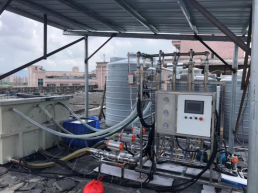 ② Washing liquid
② Washing liquid
A large amount of oil-containing cleaning liquid wastewater is produced in the process of metal working and parts cleaning. Such effluents are similar in nature to emulsion effluents, but generally contain large amounts of alkali. The direct discharge will not only pollute the environment, but also waste resources. The ceramic membrane treatment can recover the oil and emulsion in the wastewater at the same time and it is cost effective.

③ Oilfield produced water
Due to the large amount of organic impurities in petroleum produced water, including suspended oil, emulsified oil and dissolved surfactants, many scholars at home and abroad have done a lot of research in order to remove such organic matter.
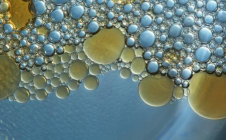 ④ Food industry
④ Food industry
Oil wastewater in food industry mainly comes from oil production, livestock processing and washing, catering industry and so on. This kind of wastewater not only contains oil, but also protein and other substances the content of COD is high, hence, it is very difficult for treatment.
5.Market forecast
Silicon carbide inorganic ceramic membrane technology has been widely used in oil-water separation process because of its simple operation, green and high efficiency, and the pore size can be adjusted according to the specific needs to achieve the purpose of accurate separation.
As a crucial new material in the field of environmental protection, SiC ceramic membrane filtering material will have great potential of various applications in industrial oil-water separation treatment.
6.Case Show
Qilu Petrochemical Corp, hydrochloric acid deoiling project
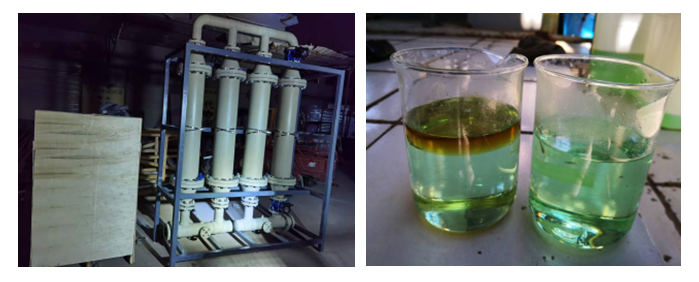

 English
English 中文
中文






